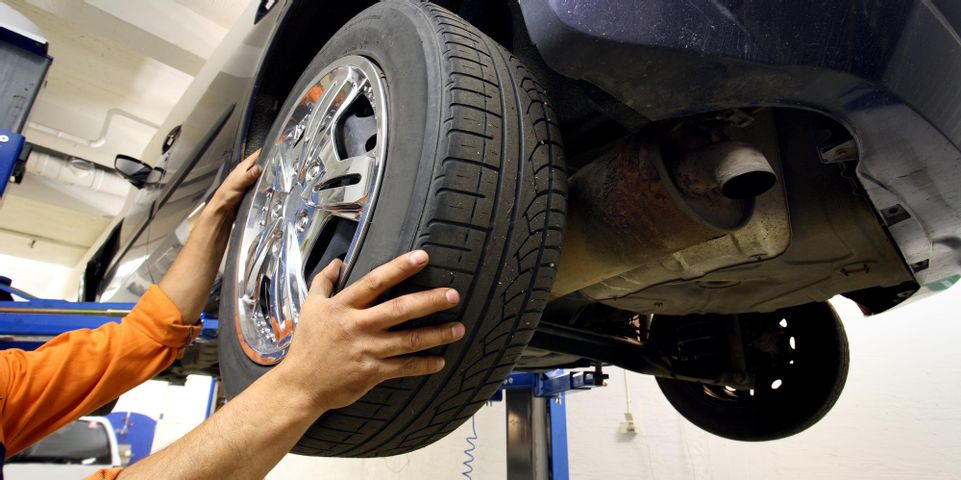How Often Should You Have Your Tires Rotated?

As a car owner, auto repair services, like tire rotations, should be part of your maintenance checklist. Regular rotations are often overlooked or neglected until something unfortunate happens. You can prevent flat tires, sudden blowouts, and serious accidents by rotating your tires more often.
Why Rotate Your Tires
Simply put, rotation is the process of relocating tires from one position to another. It ensures that all tires wear out evenly and equally, especially since weight is distributed differently among them depending on the drivetrain. For instance, front-wheel drive vehicles tend to wear their front tires faster than the ones at the rear because of the heavier load. And because motorists in left-hand drive systems take sharper turns, left front tires wear out faster than the other three. By not moving it somewhere with less stress, it's only a matter of time before this tire completely degrades to its core.
 Beyond safety, regular rotations at a reliable auto repair shop will also improve vehicle handling, particularly during inclement weather. Equalizing the wear pattern on each tire prevents hydroplaning or fishtailing from happening at high speeds on wet roads, which is typical on a pair of bald, worn-out tires. With shallow treads, tires offer less grip and traction under slick conditions—an accident that’s just waiting to happen. Moreover, regular rotations are a must, particularly if you want warranties to be valid. Tire manufacturers require these before enforcing their guarantees as a way to ensure that you did your part to maintain your tires.
Beyond safety, regular rotations at a reliable auto repair shop will also improve vehicle handling, particularly during inclement weather. Equalizing the wear pattern on each tire prevents hydroplaning or fishtailing from happening at high speeds on wet roads, which is typical on a pair of bald, worn-out tires. With shallow treads, tires offer less grip and traction under slick conditions—an accident that’s just waiting to happen. Moreover, regular rotations are a must, particularly if you want warranties to be valid. Tire manufacturers require these before enforcing their guarantees as a way to ensure that you did your part to maintain your tires.
What’s the Ideal Frequency?
Frequent rotation saves you money in the long run, as tires with balanced wear give better vehicle control and improved fuel economy. Exchanging the position—say, moving the left front tire to the rear of the same side—take some of the load off the tire rubber, thus extending its lifespan. In contrast, you let other tires—especially the rear-mounted ones—do the heavy lifting this time around by placing them at the front.
How frequently you do rotations largely depends on what your manual says. It also contains the patterns on how you must change positions—it differs according to your vehicle’s drivetrain. But if you want to err on the safe side, do it every 5,000 miles based on the recommendations of the National Highway Traffic Safety Administration. The interval can be shorter or longer and is normally influenced by factors like driving habits and road conditions. Have an auto repair specialist assess your tires for accuracy.
When it's time to rotate the tires on your vehicle, head over to Brown's Transmission & Full Service Auto Repair. Providing auto repairs since 1959, they offer an extensive range of services—from oil changes and vehicle diagnostics to tire alignments and transmission repairs—to motorists throughout Licking County, OH, without the hefty price tag. Call (740) 522-4459 to set an appointment or check them out online.
About the Business
Have a question? Ask the experts!
Send your question

